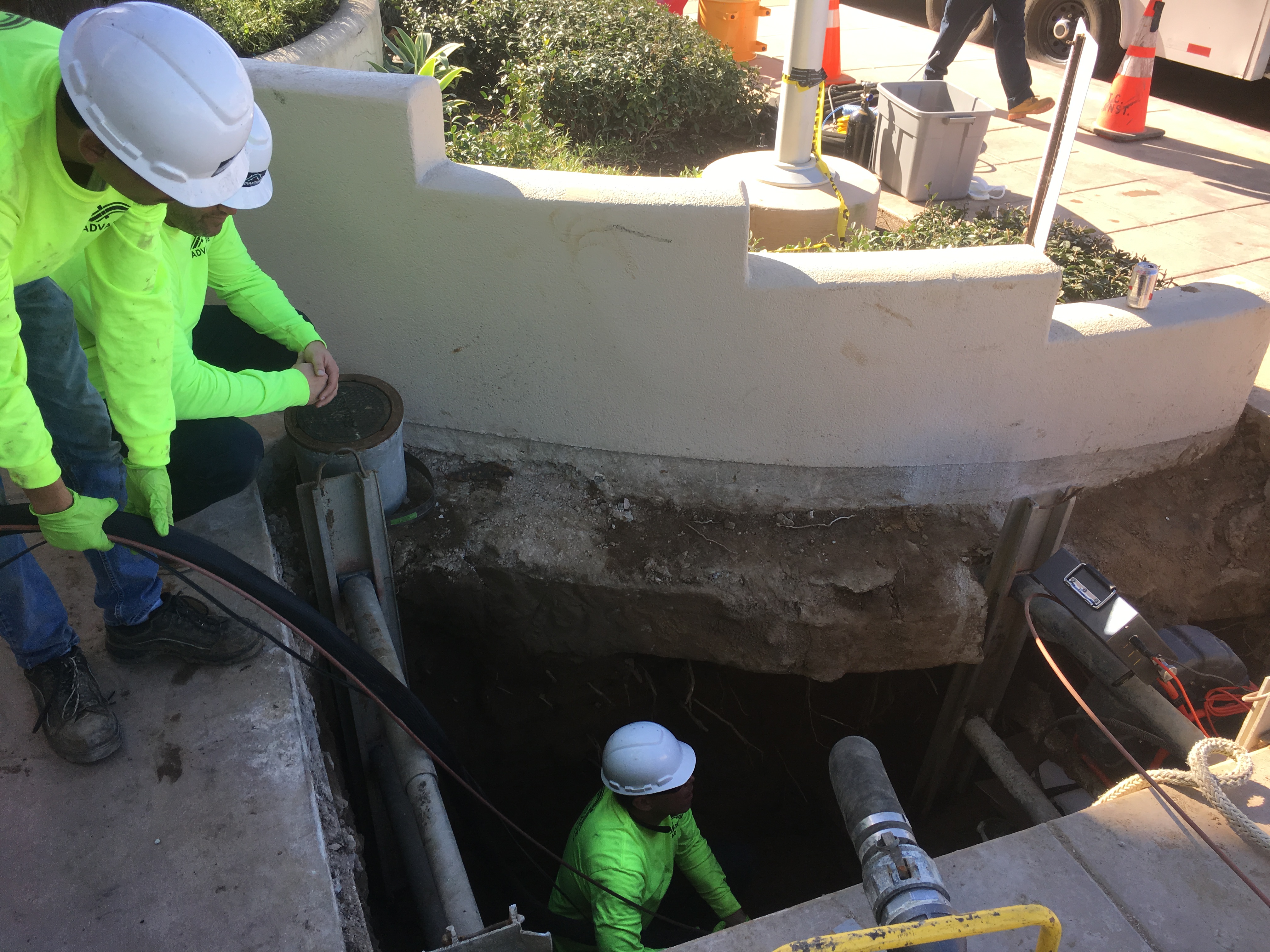Damaged pipes are no joke. Depending on the medium and its purpose, even 50 feet of damage can bring an entire system to a halt. And with conventional methods, depending on where the damaged line is, you’re looking at the disruption of numerous workflows, routines, or mechanisms to fix it.
There’s no need to fret, though. Newer technologies and methods simplify the process of pipe repair, minimizing cost, downtime, and disruption to other systems.
The unsightly open pit that’s been the hallmark of pipe repair for decades can be avoided entirely with trenchless repair systems. Let’s take a look at the differences between these and traditional methods.
Dig-and-Replace Repair
Not too long ago, cities, processing plants, and manufacturers only had one recourse in the event of pipe breakage, corrosion, or degradation: dig up the line, and replace it wholesale. It was labor-intensive. It was costly in equipment and materials. It was disruptive to city streets, plant operations, and just about everything else that happens above ground. Worst of all, depending on the size of the project, it could take months.
In other words, it was every maintenance or operations manager’s worst fear.
Trenchless Systems
With dig-and-replace being as problematic as it is, it should come as no surprise that engineers started finding workarounds. The thing is, it turns out there’s a number of ways to repair lines without digging them up. Here are a few:
Pipe Bursting
This is the only trenchless method that fully replaces the original line. With pipe bursting, an insertion pit and an extraction pit are dug on either end of the damaged line, and then a bursting head is pulled through the pipe. The bursting head forces the pipe apart, bursting it, and then a new line is installed in the now-vacated space.
Water/Steam Cure-in-Place-Pipe (CIPP)
With CIPP methods, a treated liner is inserted into the damaged section, inflated to form fit to the host pipe, and then finally cured and hardened in place. Hot water and steam cure methods are the oldest, and they require a lot of equipment because all of the water has to be brought on-site and heated on-site, and circulated continuously through the pipe.
UV CIPP
UV CIPP takes a more high-tech approach. The liner is inserted and inflated, and then an ultraviolet light train is run through to cure it. This method requires considerably less equipment, but it still requires two pits to be dug.
Resin CIPP
A resin liner cures on its own, with no need for a curing agent.
Multi-Layered Liners
Multi-layered liners aren’t designed to harden. Rather, they’re designed to remain flexible and pliable. They’re typically made of durable, corrosion-resistant materials (like a kevlar middle layer, and a polypropylene inner layer), and can handle a wide range of mediums, temperatures, and pressures.
Spray-in-Place Pipe
Rather than inserting a liner, spray-in-place coats the pipe in a fast-curing material, making the pipe seamless. This method is much faster than other methods, and can be used in places other than pipes (like fluid tanks).
These days, there’s a lot of options for organizations that want to avoid digging up old pipe. No matter what industry you’re in, there’s a trenchless solution that will meet your needs.






